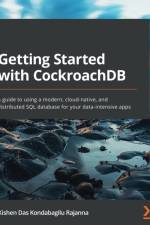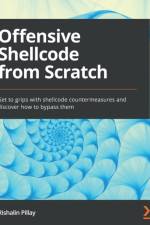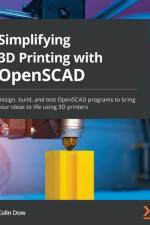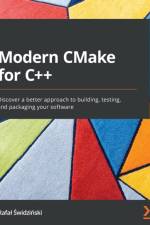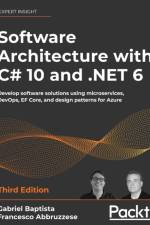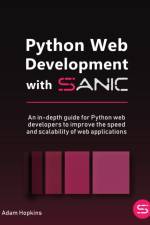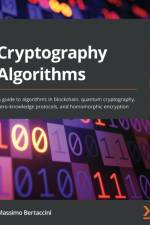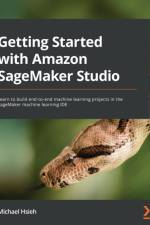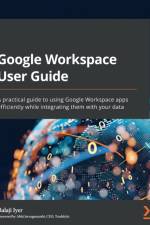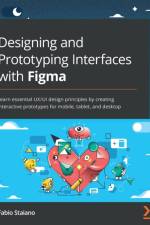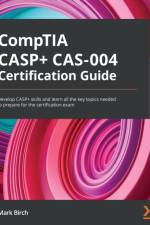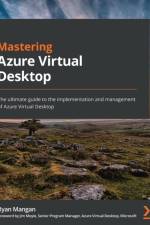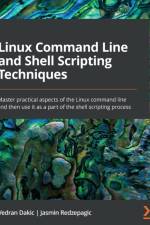av Mark Birch
665,-
Master architecting and implementing advanced security strategies across complex enterprise networks with this hands-on guideKey FeaturesLearn how to apply industry best practices and earn the CASP+ certificationExplore over 400 CASP+ questions to test your understanding of key concepts and help you prepare for the examDiscover over 300 illustrations and diagrams that will assist you in understanding advanced CASP+ conceptsBook DescriptionCompTIA Advanced Security Practitioner (CASP+) ensures that security practitioners stay on top of the ever-changing security landscape. The CompTIA CASP+ CAS-004 Certification Guide offers complete, up-to-date coverage of the CompTIA CAS-004 exam so you can take it with confidence, fully equipped to pass on the first attempt.Written in a clear, succinct way with self-assessment questions, exam tips, and mock exams with detailed explanations, this book covers security architecture, security operations, security engineering, cryptography, governance, risk, and compliance. You'll begin by developing the skills to architect, engineer, integrate, and implement secure solutions across complex environments to support a resilient enterprise. Moving on, you'll discover how to monitor and detect security incidents, implement incident response, and use automation to proactively support ongoing security operations. The book also shows you how to apply security practices in the cloud, on-premises, to endpoints, and to mobile infrastructure. Finally, you'll understand the impact of governance, risk, and compliance requirements throughout the enterprise.By the end of this CASP study guide, you'll have covered everything you need to pass the CompTIA CASP+ CAS-004 certification exam and have a handy reference guide.What you will learnUnderstand Cloud Security Alliance (CSA) and the FedRAMP programsRespond to Advanced Persistent Threats (APT) by deploying hunt teamsUnderstand the Cyber Kill Chain framework as well as MITRE ATT&CK and Diamond ModelsDeploy advanced cryptographic solutions using the latest FIPS standardsUnderstand compliance requirements for GDPR, PCI, DSS, and COPPASecure Internet of Things (IoT), Industrial control systems (ICS), and SCADAPlan for incident response and digital forensics using advanced toolsWho this book is forThis CompTIA book is for CASP+ CAS-004 exam candidates who want to achieve CASP+ certification to advance their career. Security architects, senior security engineers, SOC managers, security analysts, IT cybersecurity specialists/INFOSEC specialists, and cyber risk analysts will benefit from this book. Experience in an IT technical role or CompTIA Security+ certification or equivalent is assumed.Table of ContentsDesigning a Secure Network ArchitectureIntegrating Software Applications into the EnterpriseEnterprise Data Security, Including Secure Cloud and Virtualization SolutionsDeploying Enterprise Authentication and Authorization ControlsThreat and Vulnerability ManagementVulnerability Assessment and Penetration Testing Methods and ToolsRisk Mitigation ControlsImplementing Incident Response and Forensics ProceduresEnterprise Mobility and Endpoint Security ControlsSecurity Considerations Impacting Specific Sectors and Operational TechnologiesImplementing Cryptographic Protocols and AlgorithmsImplementing Appropriate PKI Solutions, Cryptographic Protocols, and Algorithms for Business NeedsApplying Appropriate Risk Strategies(N.B. Please use the Look Inside option to see further chapters)

